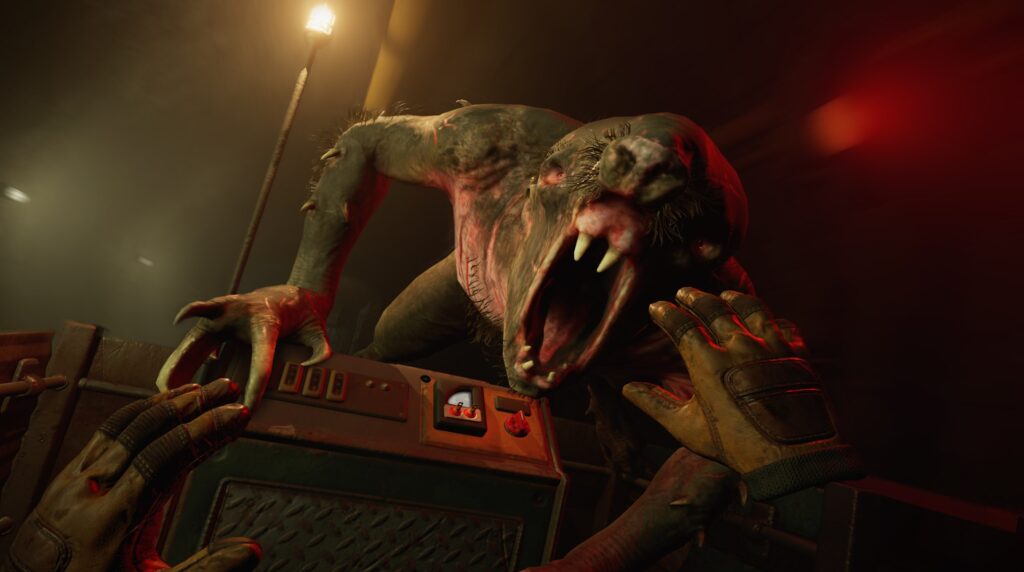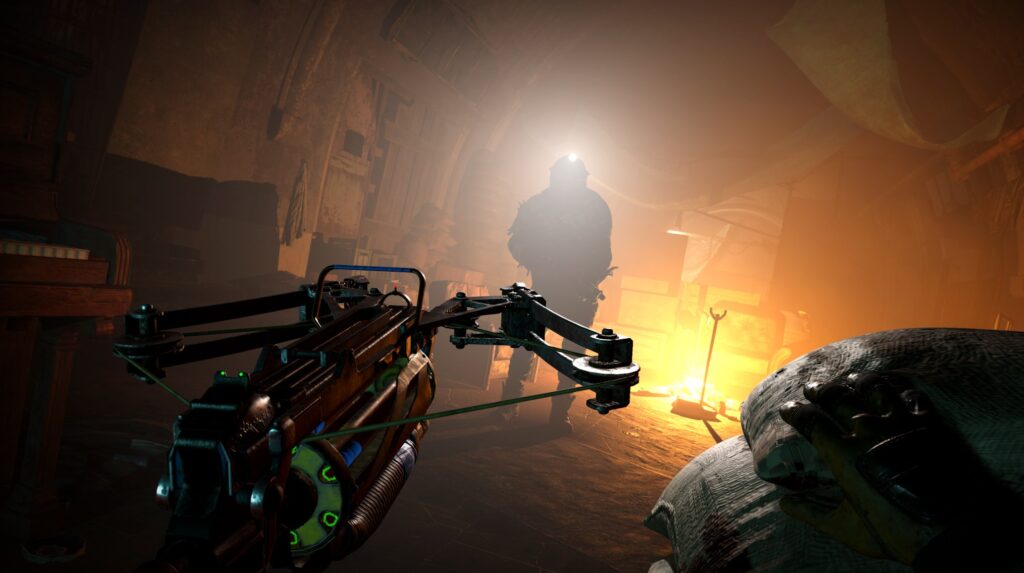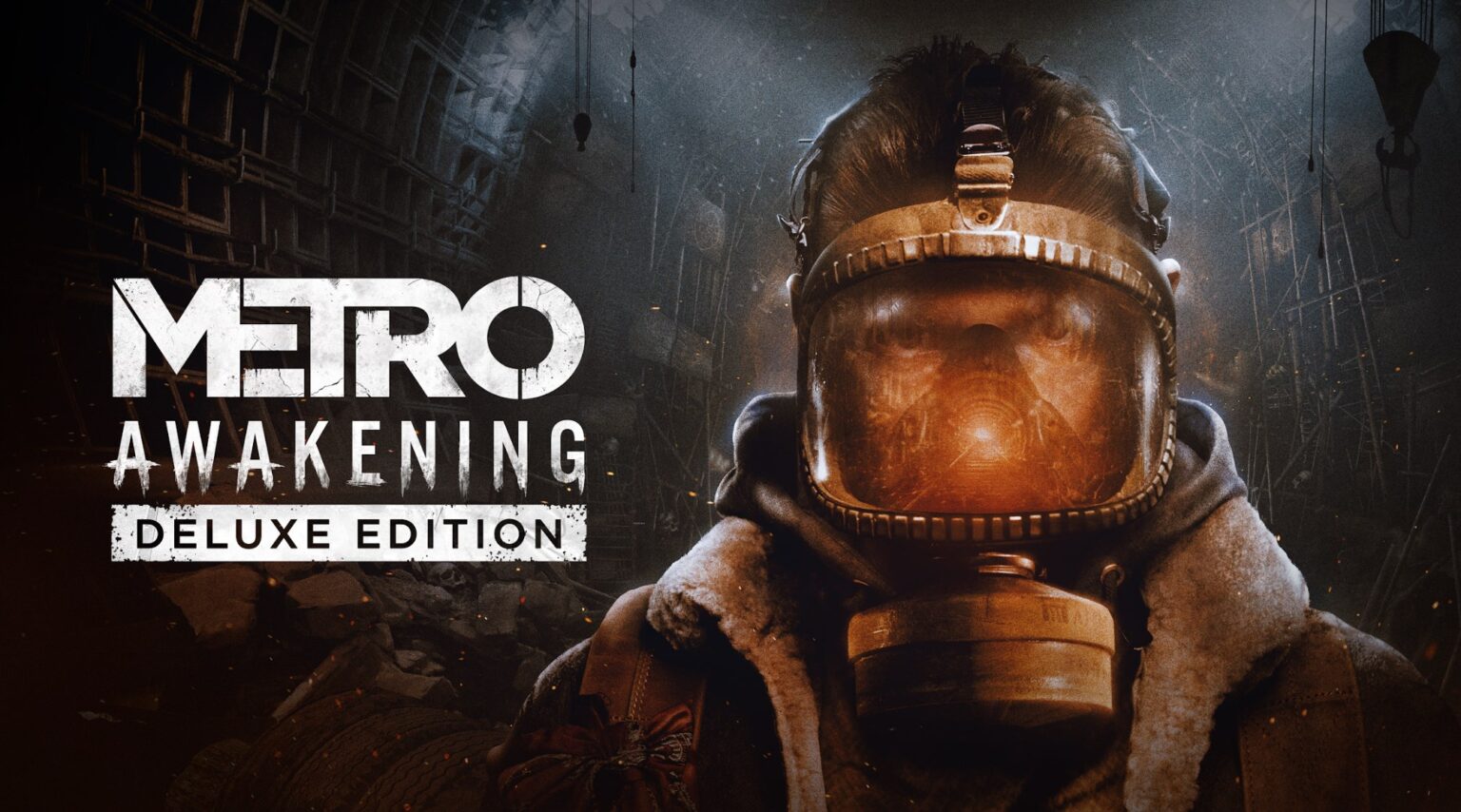Metro Awakening brings the beloved Metro series into virtual reality, offering fans a chance to step directly into its haunting, post-apocalyptic world. With its signature mix of atmospheric exploration, survival mechanics, and tense combat, the game is a treat for VR enthusiasts and Metro veterans alike. However, while the adaptation captures much of the series’ charm, some design limitations and missed opportunities hold it back from being a true masterpiece.
A New Perspective on Metro
Set in 2028, Metro Awakening tells the story of Serdar, a doctor navigating the Moscow Metro’s treacherous tunnels in search of medicine for his ailing wife. The narrative, penned by Metro creator Dmitry Glukhovsky, is steeped in the series’ trademark themes of survival, despair, and hope. Fans will recognize the familiar blend of grim realism and supernatural intrigue, making this feel like a true entry in the franchise.
The story also serves as an origin tale, blending Serdar’s journey with spiritual undertones that add a unique layer to the gameplay. The writing is complemented by strong voice acting and a haunting score, immersing players in the Metro’s eerie ambiance.

Immersion Meets VR Limitations
VR is the perfect medium for Metro’s immersive world, and Awakening delivers on many fronts. Mechanically, tasks like hand-cranking your flashlight, wiping your gas mask, and managing resources enhance the sense of tension and realism. These tactile interactions make players feel like they’re surviving in the tunnels, bringing the Metro experience closer than ever before.
However, the game stumbles when it comes to interactivity. The world feels static, with limited opportunities to pick up or interact with objects. There’s no climbing, jumping, or free exploration beyond designated paths, which detracts from the sense of freedom and immersion that VR can offer. Fans of the franchise might also lament the absence of pneumatic weapons—a staple of the series that would have fit perfectly in this context.
Combat and Survival
Combat in Metro Awakening is intense and satisfying, featuring the series’ iconic hand-made weapons. Whether sneaking past mutants or engaging in frantic firefights with bandits, every encounter feels dangerous. Ammo is scarce, resources are tight, and you’re constantly on edge—a hallmark of the Metro experience.
The gameplay also includes puzzles and environmental challenges, keeping things varied. However, the game doesn’t feature melee weapons, a surprising omission in a VR title where physical combat would feel natural. Additionally, the finale feels underwhelming, with pacing issues that disrupt the tension built throughout the game.

Atmosphere and Presentation
True to its roots, Awakening excels at crafting an oppressive, atmospheric world. The Metro’s tunnels are as dark and claustrophobic as ever, and the supernatural elements add an extra layer of dread. Exploring dimly lit passages while your flashlight flickers and mutants lurk in the shadows is genuinely terrifying.
That said, the game’s visuals are limited by its VR design. While environments are detailed, they lean heavily on reused assets, making some areas feel repetitive. The graphics, while adequate, lack the polish of traditional AAA titles—a trade-off that’s noticeable but forgivable in a VR-exclusive game.
Performance and Accessibility
Metro Awakening runs smoothly on most VR systems, with minimal technical issues. Players on platforms like the Steam Deck report occasional frame rate drops in dense areas, but these are infrequent and don’t detract significantly from the experience. The controls are intuitive, and the inventory management system is easy to use, ensuring a smooth gameplay flow.
The game’s 10-12 hour runtime offers good value, though some sections feel padded due to backtracking and repetitive environments. A tighter design with more diverse set pieces would have elevated the experience further.
The Depths of Metro: Hits and Misses
What Keeps It On Track
- Immersive VR Mechanics: Tasks like cranking flashlights and managing resources enhance realism and tension.
- Authentic Metro Atmosphere: Haunting environments, eerie music, and strong voice acting create a chilling experience.
- Tense Combat: Scarce resources and hand-made weapons make every encounter a nail-biting challenge.
- Strong Narrative: A compelling story by Dmitry Glukhovsky keeps players invested.
- Smooth Performance: Runs well on most VR systems, with minimal bugs or glitches.
Where It Derailed
- Static World Design: Limited interactivity and lack of climbing or jumping detract from immersion.
- Repetitive Environments: Reused assets and backtracking make some areas feel monotonous.
- Missed Opportunities: No melee weapons or pneumatic guns, staples of the franchise, reduce variety.
- Underwhelming Finale: The final sequence feels poorly paced and disrupts the game’s flow.
- Constrained Exploration: Free-roaming is restricted to linear paths, limiting the sense of discovery.
Metro Awakening: Metro Awakening captures much of what makes the Metro series special, translating its signature atmosphere and gameplay into a VR-exclusive format. While it falls short in some areas—particularly in interactivity and environmental diversity—it remains a solid entry in the franchise and a worthwhile experience for VR enthusiasts. For fans of the series, Awakening offers a new perspective on the Metro universe, complete with its tense survival mechanics and compelling narrative. For newcomers, it’s an accessible entry point that highlights the strengths of VR gaming. While not without flaws, Metro Awakening is a chilling, atmospheric journey that deserves a spot in any VR library. – Obsidian


